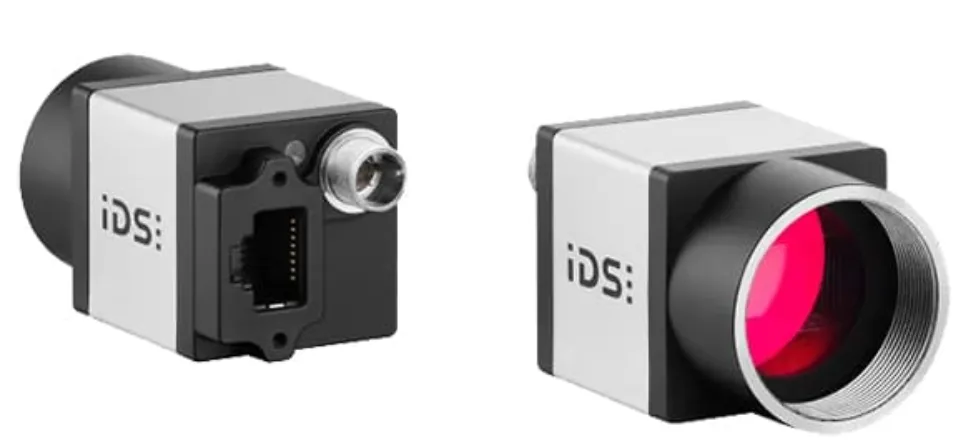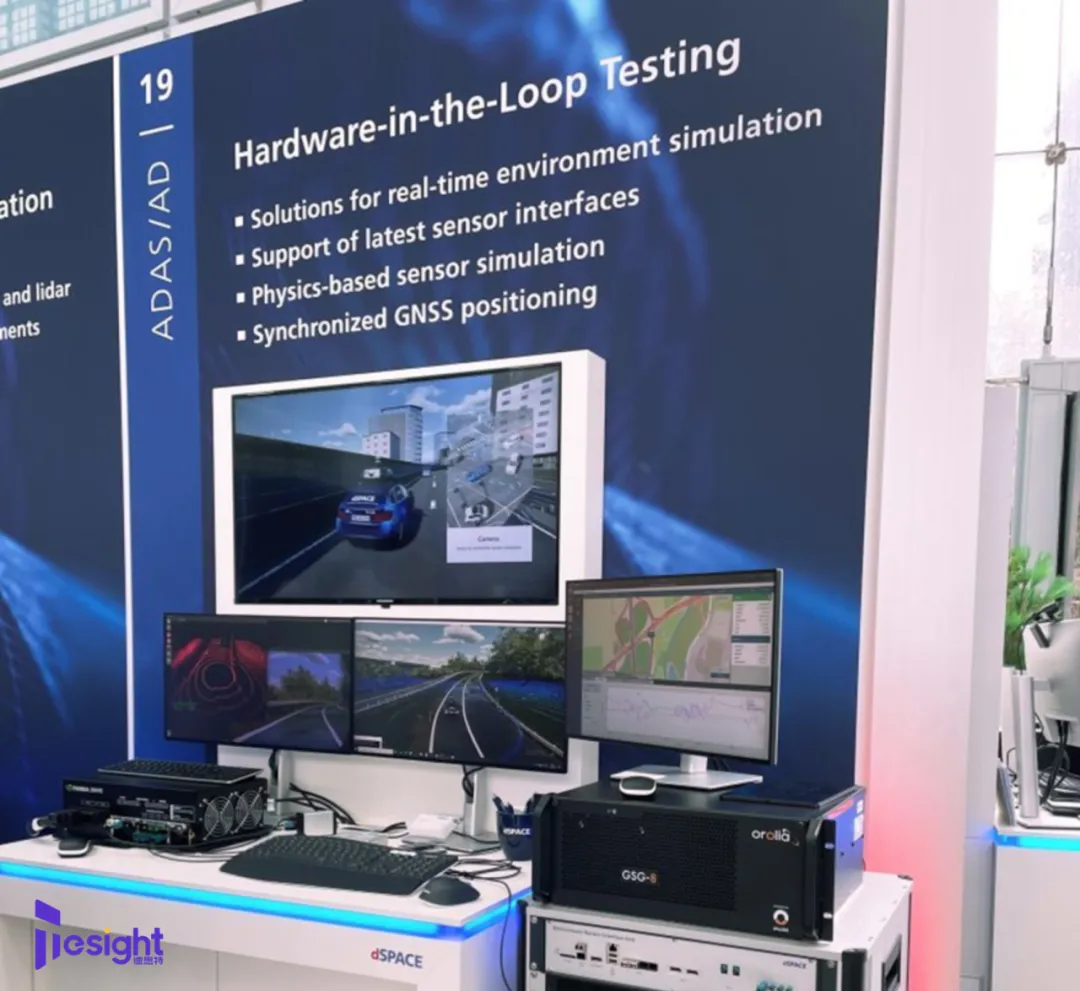
【虹科方案】IDS 精密視覺系統助力 Micro-LED 轉移與 HBM 封裝製程升級
虹科整合 IDS uEye CP 工業相機,全面提升 Micro-LED 巨量轉移、雷射焊接與 HBM 高精度晶片鍵合製程。透過 2000 萬及 1200 萬像素 STARVIS 感測器,實現亞微米級對位、高速貼裝與 24/7 製程穩定性,已獲多家亞洲電子與半導體領導企業採用。
Phishing attacks are evolving at an unprecedented rate, and KnowBe4, the world's largest security awareness training platform, has been tracking phishing trends for a long time through the 14.5 million users, 62,400 organizations and 67.7 million simulated fishing tests The data provides companies with the most authoritative Phish-Prone Percentage (PPP) and risk insights.
This year's report shows that the global average failure rate of first tests is as high as 33.1%The breakdown by industry shows that medical, insurance and retail industries are the most vulnerable to attacks. Meanwhile, AI-generated phishing emails and spoofed emails from internal accounts have become more insidious, posing a more serious challenge to traditional technical defense.
For companies, insufficient staff development, increased cross-border factors and lack of localized fishing simulations further increase the risks. The challenge for companies is not only technical, but also about employee behavior and safety culture. Getting to grips with key data and trends is the first step in developing a training strategy.
In the first stage, before any SAT testing, the baseline phishing vulnerability rate (PPP) for global businesses was 33.1%In other words, one in three employees is vulnerable to phishing emails and social engineering attacks.
Digging deeper, we found that more than half of the industries (10 out of 19) have PPP First Test averages above this baseline. For organizations of all sizes, the following industries are the most at risk:
The data shows that employees in highly sensitive information industries and customer-facing interactive business operations are more likely to be targeted, with significantly higher than average failure rates at first detection. Only five industries had PPPs below 301 TP3T, and even then, more than a quarter of employees were vulnerable to phishing attacks: Transportation (29.91 TP3T), Business Services (29.61 TP3T), Consumer Services (29.51 TP3T), Legal (28.51 TP3T), and Government (28.21 TP3T).
On average, having More than 10,000 employees The company's PPP is as high as 40.5%Ownership 1,000-9,999 staff The corporate PPP for 33.7%Ownership 250-999 staff The corporate PPP for 28.7%; in contrast, only 1-250 staff The corporate PPP for 24.6%The
This phenomenon is illustrated by the fact that the more people there are, the more emails there are, and the more fingers there are to click on the links. And it's harder to raise a collective consciousness among more people. The risk profile varies by industry and organization size, but collectively, the greatest risks are concentrated in the larger enterprises.
The good news is that after just 90 Days of Best Practices TrainingThe risk of phishing can be significantly reduced across all industries. The global average click-through rate per five employees (19.81 TP3T) can be reduced by Over 40%The
The situation continues to improve:12 months laterAverage PPP declines 86% to 4.1%This downward trend will continue. With continued training, the average PPP could be reduced to $4.5 billion in two years' time. 3.7%In three years' time, it could even be reduced to 2.6%This trend of decline has been observed in all sectors. This downward trend has been observed in all sectors.
| Enterprise Size | Number of workers | Baseline PPP (First Test Failure Rate) | Average improvement rate (SAT one year later) | High Risk Sector (Baseline PPP ≥30%) | Industries with the Most Outstanding Training Effectiveness and Data |
|---|---|---|---|---|---|
| Large Enterprises | 1,000-10,000 | 33.7% | 87% | Healthcare & Pharmaceuticals (41.1%), Banking (39.5%), Financial Services (38.4%), Energy & Utilities (37.2%) | Medical & Pharmaceuticals, Hospitality, Legal: 91% improvement rate; Legal SAT lowest click-through rate after one year 3.1% |
| Medium-sized Enterprises | 250-999 | 28.7% | 86% | Nonprofit (31.7%), Insurance (31.6%), Healthcare & Pharmaceuticals (31.4%), Retail (31.5%), Banking (30.4%), Consumer Services (30.1%) | Banking click rate down 91.8% (to 2.5%), Transportation 89%, Energy & Utilities 88%, Manufacturing 87%, Transportation 87%, Financial Services 87% |
| Small Business | 1-249 | 24.6% | 85% | Nonprofit (27.5%), Insurance (26.9%), Healthcare & Pharmaceuticals (26.6%), Retail (26.5%) | Banking hit rate down to 21 TP3T (down 901 TP3T); Energy & Utilities, Transportation, Construction, Education all at 871 TP3T |
Form Instructions:
While large enterprises are rich in training resources and can make more significant improvements, small and medium-sized enterprises rely on tools and automation templates to make up for the lack of training coverage.
The Asia-Pacific data confirms the effectiveness of continuous training and phishing simulations; it also reminds companies not to overlook regional differences and localization needs.
AI interventions have made phishing emails more realistic and difficult to recognize even for trained security professionals. In the next two years, some traditional detection mechanisms may become ineffective.

虹科整合 IDS uEye CP 工業相機,全面提升 Micro-LED 巨量轉移、雷射焊接與 HBM 高精度晶片鍵合製程。透過 2000 萬及 1200 萬像素 STARVIS 感測器,實現亞微米級對位、高速貼裝與 24/7 製程穩定性,已獲多家亞洲電子與半導體領導企業採用。

虹科助力 dSPACE 構建基於 GNSS 的駕駛功能 HIL 仿真系統,支援自動駕駛、V2X、智慧座艙等多場景測試。透過 GNSS 模擬器與 ASM 模型,實現精準定位仿真、RF 射頻輸出、高一致性 HIL 驗證,加速自動駕駛演算法開發與測試效率。

面向電動車 BMS 的通信升級方案:虹科 10BASE-T1S 媒體網關支援 CAN/CAN FD ↔ 10BASE-T1S 雙向轉換、PLCA 確定性延遲、單對線多點拓撲與 10 Mbps 帶寬,簡化佈線、提升採樣速率,並透過 Web Server、DIP、C SDK 靈活配置,兼顧成本與可擴展性。